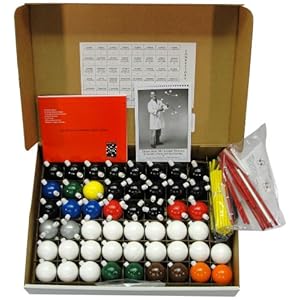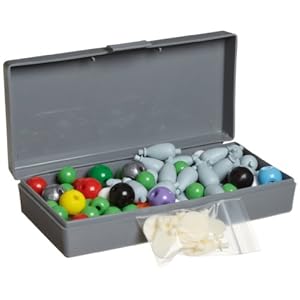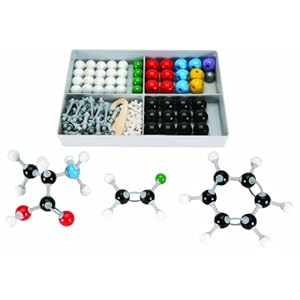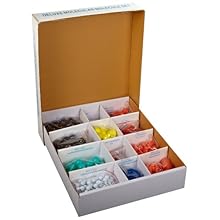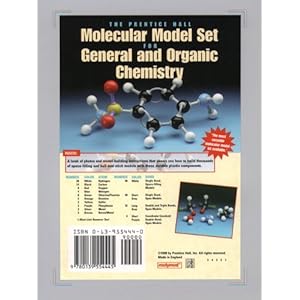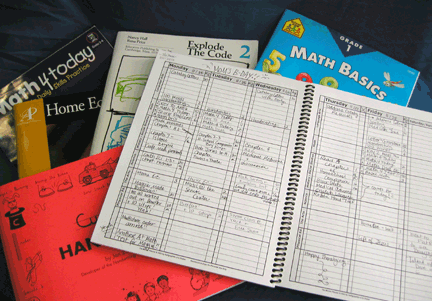I've had a few readers ask me about my background or my motivation for Blogging for home schoolers. The two questions are actually quite closely related.
My background goes back to when I was 12 and I started teaching my best friend to play piano. And then when I was
in 9th grade and essentially
taught 9th grade Math by something like the Socratic Method, though I'd never heard of Socrates.
No, I was not a child prodigy hired by a forward thinking school to teach my peers.
When I was in 9th grade, our
school guidance counsellor was assigned to teach
9th grade Math. We would arrive in the class to copy questions and examples from the board. The teacher would read what he had written, ask us to write it down and complete the questions. When anyone would ask a question, he would just find the appropriate notes on the board and re-read them to the questioner
As you can guess, he had no idea how to teach Math. It led to many frustrated students who wanted to understand. Repeating the words he already said didn't help the student who didn't understand the concept, and he clearly had no way of explaining the concepts himself.
Everyone was frustrated. And I understood the Math.
The Teacher in me couldn't resist facilitating. And so, in an effort not to undermine his teaching or authority, I would, upon seeing those puzzled and frustrated expressions, raise my hand and say, "so do you mean...," and explain the underlying tidbit that was not on the board and clearly was needed to answer the student's question.
At first he didn't know how to handle my, um, assistance. But after the first Math Test when I got 105% (there was a bonus question,) and the average mark on the test was 65%, with many students failing. He changed his view of me. After that, he would actually look my way when he was at a loss and I would politely raise my hand and explain the concept, usually by using some form of question. (Afterall, that's why you raise your hand!)
This was when I discovered that I could "teach."
So, 10 years; a teachers degree; and 5 years of school teaching later I finally left school and became a full time private piano teacher. I had been teaching piano students during the time I taught public school. And so, I knew how to use all the teaching theory while working with students one-on-one.
Teaching a classroom full of students of differing abilities is a demanding part-art part-magic vocation And it didn't feel at all to me like why I had wanted to become a teacher. It was when I left the system myself (almost 20 years ago, and before having children of my own) that I decided I would home school any children I might be blessed with.
So, today I teach piano and teach my children at home. In both cases I feel like I make a difference.
My Purpose is to guide and motivate students to want to learn and to take ownership of their learning. I don't "teach to the test" I "teach students to teach themselves." In fact, I don't even like to use the word teach...because it implies I am doing something to you. I am a motivator, coach, cheerleader, tutor, mentor, counsellor - any of those words work.
My aim is to work myself out of a job. And the funny thing is, professionally, I keep most of my piano students through their teen years (and through high school) and some even on into university. (If they don't move away, they often don't quit!)
Why is this? I believe it's because I make learning personal for them. I don't just turn the page and teach the next song...well sometimes I do, but that's not usually the plan!
So, although I digress, the reason for the Blog, is that I believe that we all have the will and the ability to motivate and inspire students. As home educators we come from varying backgrounds. Some of us have Education Degrees, and some of us have a GED, some of use are simply Parents with no recognized certificate of learning. My blog is my way of prompting others to think about different aspects of home education.
I write about the things I'm thinking about at the time, and you can take them or leave them. It comes down to personal taste. And I want it to be personal! So, by all means take from me what you will and toss the rest!























